Navigating Pride Month: Authentic Support vs. Rainbow Washing

This month marks Pride Month, heralding a surge of LGBTQ-focused marketing campaigns. The growing prevalence of inclusive messaging is encouraging, but brands must be careful not to cross the fine line between genuine support and what has been known as rainbow washing.
It is important for brands to actively contribute to the LGBTQIA community in meaningful ways and ensure its engagement extends beyond just the month of June. Brands should reflect on their campaign objectives, questioning whether the primary focus is on profit or a deeper commitment to supporting the community.
Pam Anderson, Associate Director of PR at Digital Marketing Agency 829 Studios, has significant experience guiding brands in evaluating their Pride-related campaign strategies. As a member of the LGBTQIA community herself, Pam brings invaluable insights into distinguishing between authentic support and performative gestures.
Pam’s expertise offers a vital perspective for brands aiming to create sincere and impactful Pride campaigns. Delve into her insights and explore how brands can genuinely support the LGBTQIA community in this exclusive discussion with AdBuzzDaily.
How can brands authentically support the LGBTQ+ community beyond just changing their logos to rainbow colors during Pride Month?
Simply changing a logo isn’t enough to illustrate support. Brands can make a more significant impact by hiring queer creatives and partners year-round, donating to LGBTQIA nonprofits, telling authentic stories from those within the community, and rolling out more inclusive product offerings. They also can use their platforms to highlight impactful individuals, brands or organizations worth supporting.
What specific actions should brands take to ensure their support for LGBTQ+ causes is more than just surface-level during Pride Month?
Brands can ensure their support goes beyond surface-level and isn’t performative by aligning their everyday actions and policies with their public messaging. Start with supporting internal LGBTQ+ employees, ensuring inclusive product/service offerings, and maintaining a consistent commitment to equality within your workplace. This ensures that “Happy Pride” social posts are backed up by genuine actions.
In what ways can brands engage with LGBTQ+ organizations and activists to ensure their Pride Month campaigns are meaningful and impactful?
Prioritize awareness and audience engagement over profit to ensure impact and avoid critique. Involve partners from the LGBTQ+ community in ideation and messaging to increase authenticity and stand out with creative concepts. Ensure that the focus is on genuinely supporting or benefiting the community, not just profiting from it.
How can brands effectively communicate their ongoing commitment to LGBTQ+ rights and inclusion beyond the month of June?
Avoid limiting LGBTQ+ partnerships or messaging to just one month. Share consistent, year-round messaging that illustrates ongoing support and commitment. Most importantly, don’t back down if critiqued; stand firm in your support for LGBTQIA rights.
What are some examples of brands that have successfully avoided rainbow washing and instead made genuine contributions to LGBTQ+ causes during Pride Month?
Two examples that come to mind are MAC cosmetics and Ikea. Through their Viva Glam campaign, MAC has raised millions for HIV/AIDS awareness and LGBTQIA causes. Their support extends beyond June, with consistent advocacy and funding for relevant issues. Last year IKEA launched its #FaceTheGap campaign to combat LGBTQIA hate and promote inclusivity. They re-released the popular rainbow bag, with 100% of the profits going to charity. The brand used its platform to address issues within the workplace but also to ensure a supportive workplace for its own employees.
What are the possible reasons behind brands delaying their Pride Month advertising compared to previous years?
Brands have become hesitant due to the backlash from last year’s campaigns, like Target’s Pride collection and the negative reaction Bud Light received. This marks a shift from a few years ago when LGBTQIA-focused campaigns surged. There is a real fear of missteps and becoming targets of criticism. However, brands should remember that this momentary pushback is minimal compared to the systemic discrimination the LGBTQIA community faces.
How might the timing of brands’ Pride Month advertising campaigns reflect shifts in societal attitudes towards LGBTQ+ issues?
The timing and political climate greatly impact brand actions. In an election year, marketing and advertising are influenced by societal attitudes and the political environment. While younger generations seek value alignment, executives and brands have become increasingly hesitant to take a public stance on social issues.





